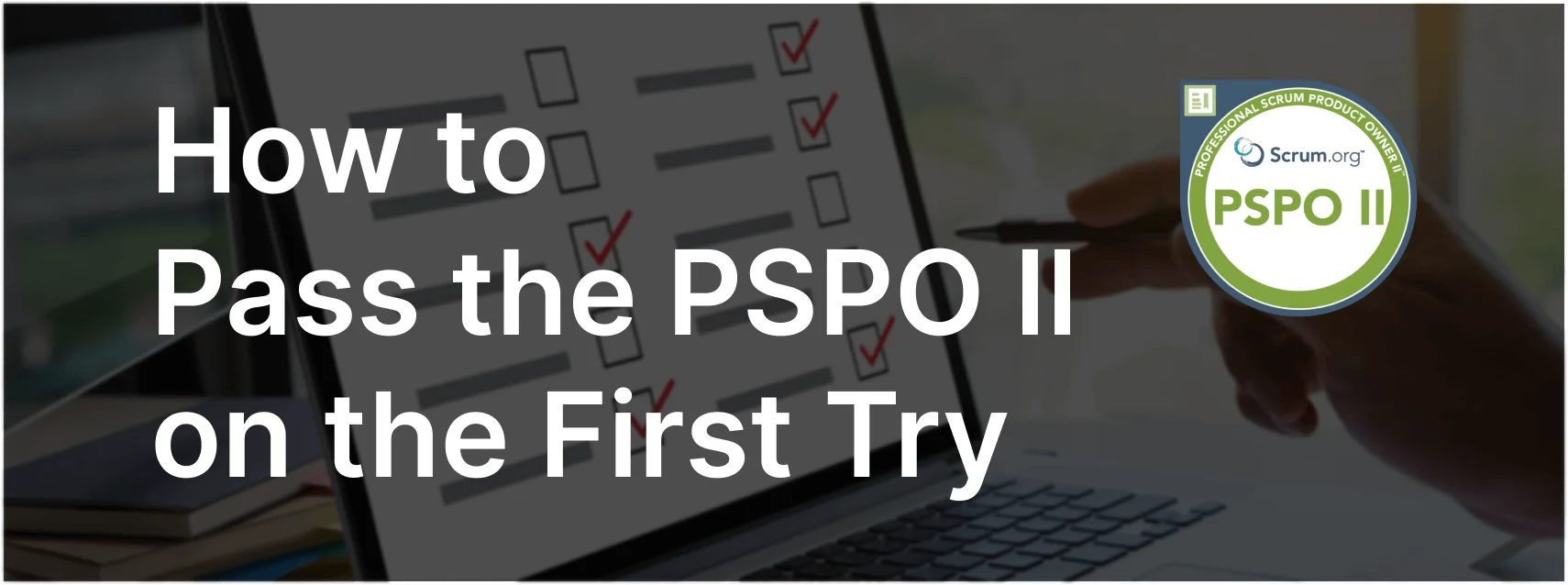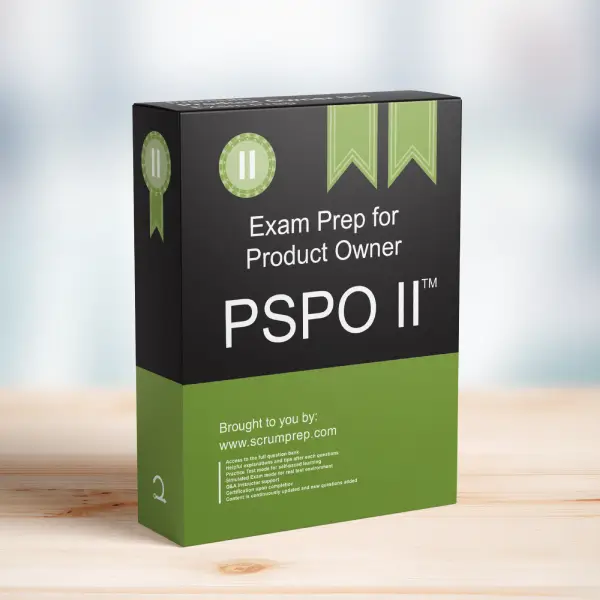Handling Forecast Changes During a Sprint
In Scrum, it is crucial for the Product Owner to respond effectively when Developers indicate they may not complete all forecasted work within a Sprint. This article discusses the appropriate actions a Product Owner should take in such scenarios.
Exam Question
The Developers inform the Product Owner during the Sprint that they are not likely to complete everything they forecasted. What would you expect a Product Owner to do?
(choose the best answer)
A. Re-negotiate the selected Product Backlog items with the Developers to meet the Sprint Goal.
B. Skip Product Backlog refinement activities.
C. Cancel the Sprint.
D. Change the Sprint Goal.
E. Inform management that more resources are needed.
Correct Answer
A. Re-negotiate the selected Product Backlog items with the Developers to meet the Sprint Goal.
Explanation
Correct Answer
A. Re-negotiate the selected Product Backlog items with the Developers to meet the Sprint Goal:
In Scrum, collaboration and flexibility are key. When Developers realize they cannot complete all forecasted items, the Product Owner should work with them to re-negotiate the scope of the Sprint. This ensures that the most valuable work is prioritized and the Sprint Goal remains achievable. Re-negotiating does not mean altering the Sprint Goal but adjusting the plan to meet it.
Incorrect Answers
B. Skip Product Backlog refinement activities:
Skipping Product Backlog refinement is not advisable. Regular refinement ensures that the Product Backlog remains well-defined and prioritized, which helps in future Sprints.
C. Cancel the Sprint:
Canceling the Sprint is a drastic measure and is rarely the right solution. It should only be considered if the Sprint Goal is deemed obsolete, which is not indicated in this scenario.
D. Change the Sprint Goal:
The Sprint Goal should remain consistent throughout the Sprint. Changing it mid-Sprint undermines the focus and commitment of the Scrum Team.
E. Inform management that more resources are needed:
Scrum teams are designed to be self-managing and cross-functional. Seeking more resources mid-Sprint is not aligned with Scrum principles and does not address the immediate issue of re-negotiating the scope.
Responsibilities in Scrum
- Product Owner: The Product Owner is responsible for maximizing the value of the product and ensuring that the Product Backlog is well-ordered and refined. They collaborate with the Developers to adjust the Sprint Backlog as needed to meet the Sprint Goal.
- Scrum Master: The Scrum Master facilitates Scrum events and helps the team adhere to Scrum principles. They support the Product Owner and Developers in managing the scope and progress of the Sprint.
- Developers: The Developers are responsible for turning Product Backlog items into valuable Increments. They are self-managing and collaborate with the Product Owner to ensure the Sprint Goal is achievable.
Relevance to the PSPO II Exam
Understanding how to handle changes in forecasted work during a Sprint is crucial for the PSPO II exam. It demonstrates knowledge of effective Sprint management, collaboration, and the importance of maintaining focus on the Sprint Goal.
Key Takeaways
- Collaboration between the Product Owner and Developers is essential when re-negotiating the Sprint Backlog.
- Maintaining a consistent Sprint Goal ensures the team remains focused and committed.
- Regular Product Backlog refinement is crucial for effective Sprint planning and execution.
Conclusion
When Developers indicate they cannot complete all forecasted work during a Sprint, the Product Owner should collaborate with them to re-negotiate the selected Product Backlog items. This approach ensures that the most valuable work is prioritized and the Sprint Goal remains achievable. For more information on preparing for the PSPO II exam, visit our PSPO II Exam Prep.



